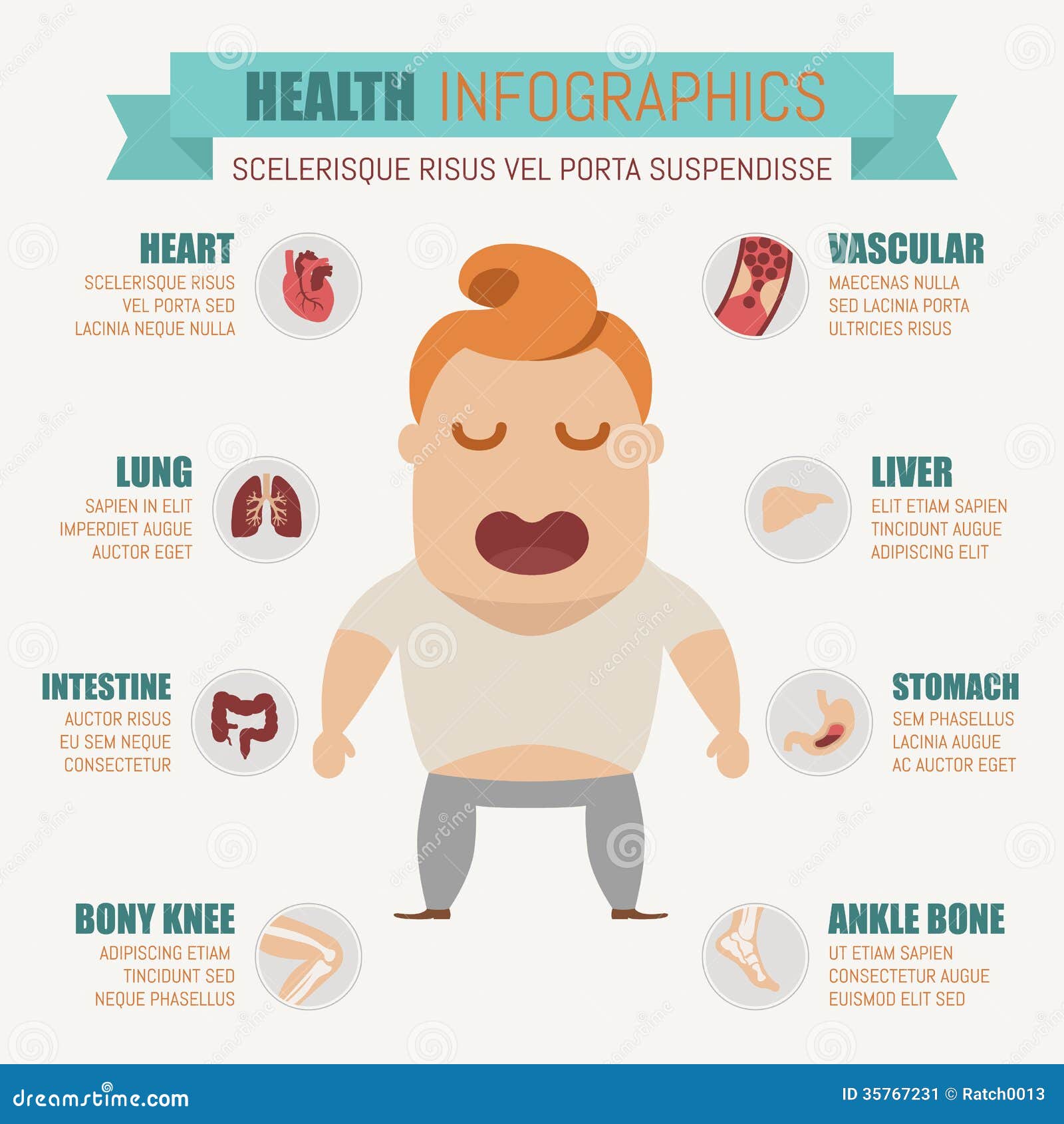Comprehending Different Types Of Hernias And The Surgeon'S Role

Personnel Writer-Abrahamsen Lindsey
A hernia occurs when fat or part of the intestinal tract presses via muscle mass that should be holding it back. This can be agonizing, and also it normally won't disappear by itself.
In https://click4r.com/posts/g/12293236/ require to be treated operatively. That's when doctors consider choices like releasing muscles, enhancing the stomach wall or part splitting up.
Inguinal hernia
A small part of the intestine jabs with a weak spot in your stomach muscles near your groin (the inguinal canal is a flow in the reduced part of your abdomen that houses blood vessels and also nerves, including the spermatic cable for males and the tendons that support a woman's womb). You can have this hernia repaired surgically.
During surgical treatment, your physician can see the hernia making use of a camera affixed to a range that is inserted with a number of little cuts on your stubborn belly. One more device might be put through the very same cuts to aid fix the hernia.
After hernia repair, it is necessary to follow your physician's recommendations for staying clear of issues. This implies reporting any kind of hernial discomfort or discomfort that reoccurs, or becomes worse. It's also essential to avoid hefty training and also straining, specifically while you're urinating or coughing. A rupture that becomes trapped and squeezed loses its blood supply (it's called incarceration) as well as can die, which is a medical emergency situation.
Umbilical hernia
In the womb, infants travel through a little opening in between their abdominal wall surface muscles near the stubborn belly button (umbilicus). Generally this closes before birth, but often it does not. This creates a rupture in 20 percent of all newborns.
Umbilical hernias look like a swelling or lump in the tummy switch. They are most obvious when a child weeps or stress. The lump will obtain smaller sized or vanish when the child is tranquil. Occasionally, umbilical hernias obtain stuck (called jailed) and also do not get sufficient blood supply. https://click4r.com/posts/g/12294703/ can trigger discomfort and even death of the tissues in the hernia sac.
Many umbilical ruptures will shut without therapy on their own by age 4. When they do not, physicians at Mount Sinai commonly fix them with mesh. This strategy is associated with fewer reoccurrences than key stitch repair work. The surgical procedure is done via a little laceration inside or below the stomach switch. A medical mesh is put over the hernia website to offer lasting toughness.
Incisional hernia
This type of hernia happens at the website of a previous surgical wound. It generally happens when a loophole of the intestinal tract slips via the weak point beside a surgical wound that has fallen short to heal properly as a result of infection or injury.
This is a hazardous hernia since the intestinal tract can come to be incarcerated and also call for instant clinical therapy. It can also create chronic discomfort, as well as the hernia might reoccur even after surgical procedure.
The doctor could use a slim, lighted extent (called a laparoscope) to make several little cuts (cuts). Through https://www.generalsurgerynews.com/In-the-News/Article/01-21/Synthetics-Biologics-Compared-for-Complex-Hernia-Repairs/62262 , they could get rid of excess fat as well as tissue around the hernia and repair the weak location of the stomach wall. They might also put in a mesh patch that holds the extending intestine and also avoids it from pushing through again. They might shut the hernia with dissolvable sutures or medical adhesive as well as place a plastic or mesh graft over the weak point in the abdomen.
Hiatal hernia
The most usual sort of hiatal hernia is a moving (kind I) hernia. This occurs when the junction between your esophagus and also stomach extends up through the space in your diaphragm into your chest dental caries. This can cause indigestion and trouble ingesting.
Larger hernias, called paraesophageal (kind II, III and also IV) or diaphragmatic (type V) hernias, can be very harmful as well as might need instant surgical treatment. These can bring about lung troubles as well as pneumonia, or can press the tummy so tightly that its blood supply is removed.
BWH thoracic doctors do laparoscopic surgery to lower the size of ruptures and also to avoid strangulation. This involves making a few small cuts in your tummy as well as inserting a tube with an electronic camera that sends out pictures to a screen. This permits doctors to see what they are doing and also provides a better healing.

